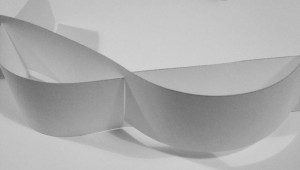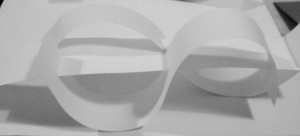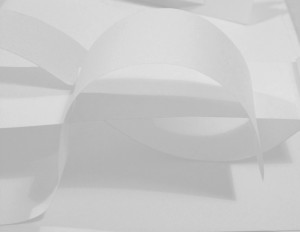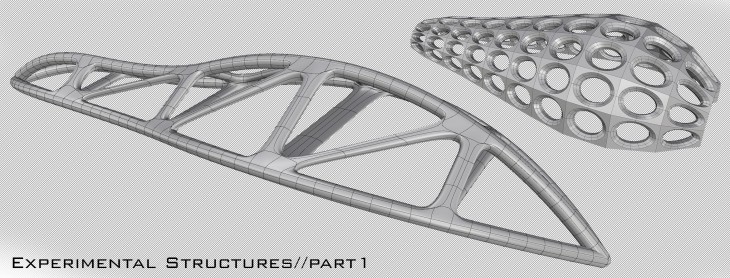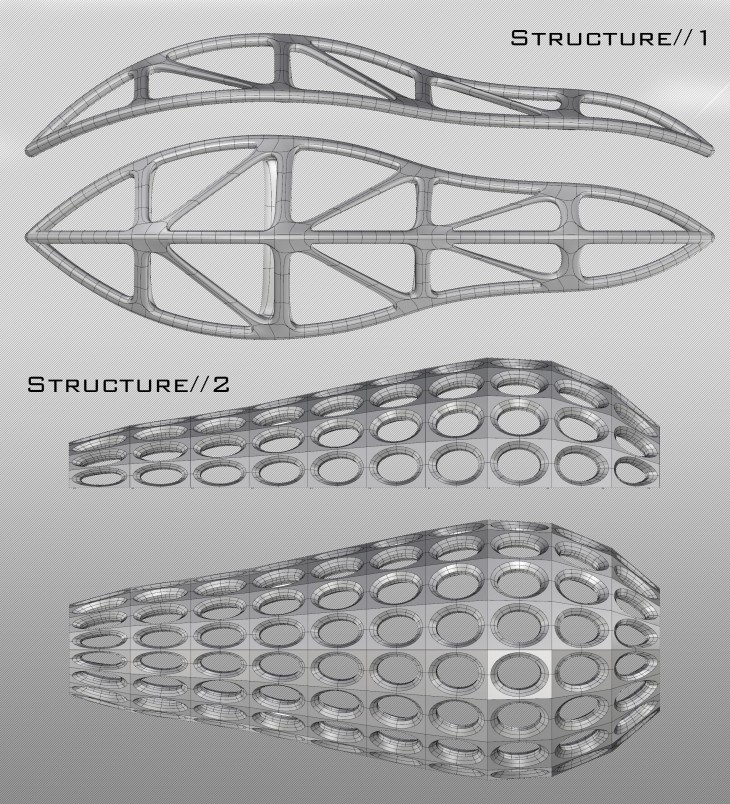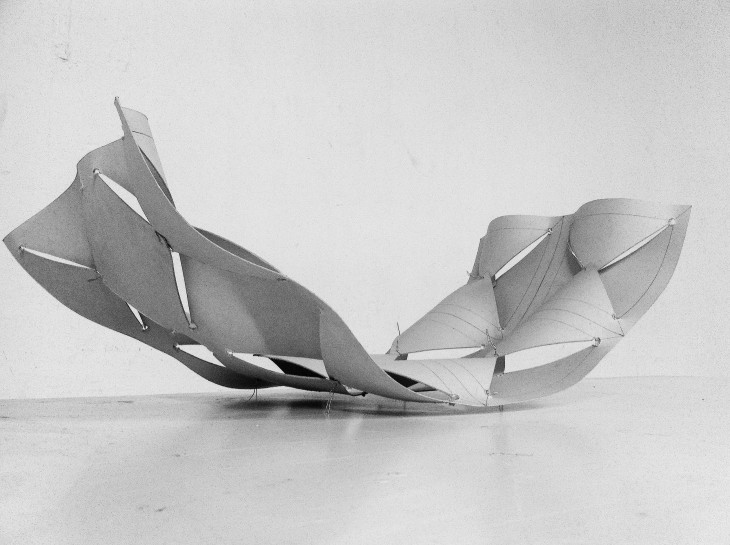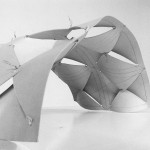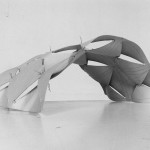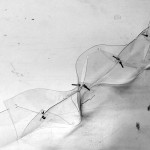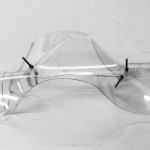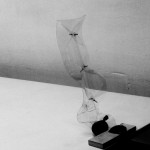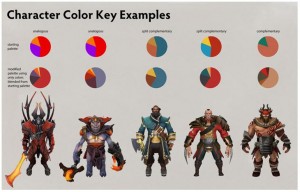For our structure we decide to explore the elastic bending structural properties as a means to generate curved geometries from initially straight or planar elements of plywood. The main motivation behind using it lies in the simplicity of producing a curved element just by bending it. Read More
Interlocking
We decided to mix both behaviours of the material, bending and interlocking theme into each other. We did our first attempt by using paper to see the reaction of the component working in two directions and also being to see how by inerlocking each other can also react in two behaviours.
 Conceptually we intersect to lines , and then like the element of joint we developed from linear to an arch having the result of the interlocking and bending. This intersection of both arches works both in compression and in tension.
Conceptually we intersect to lines , and then like the element of joint we developed from linear to an arch having the result of the interlocking and bending. This intersection of both arches works both in compression and in tension.


 What we want to achieve at the end is a structure, that can be used as a facade or also try to see this behaviour in a large scale.
What we want to achieve at the end is a structure, that can be used as a facade or also try to see this behaviour in a large scale.
Experimental Structures
We designed two different structures with different functions, in different style and by different methods.
First structure could work as bridge. It was designing using Grasshopper and T-Splines.
Idea was to make an organic shape and prepare it for work in Karamba.
Second structure was done by Paneling Tools Plugin.
In different scales it could work in different ways.
As shape of small scale pavillion or as a form for rooftop.
Pneumatic archetype
The two prototypes comes out of the fascination of bending materials. Looking at the properties of for example plywood, it is possible to fold and bend a flat plane into a 3-dimensional structure. We have made several experiment with different bending patterns in paper, cardboard and plastic to try to understand the different opportunities and limits within the bending.
Protype 01
Protype 02
Surface active structures II – Character of structures
Character of structures:
Differentiation and behaviour (SAS 2)
Seminar By Manja van de Worp (2014)
In this seminar we approach structural design through local and global behaviour, exploring 3D neighbourhoods of components. These neighbourhoods, i.e. the specific organisation of elements / components drive the character of structures, i.e. its structural behaviour.
It is the definition and behaviour of the single component as well as how it is connected to its neighbour that enables the performance of a specific function within and as the whole. In this context a character describes an a specific trait / performance, relating its particular organisation of elements to a particular place informing local and global behaviour of the total structural system.
Our exploration in organisation of components aims to define 2 distinct structural characters using the properties of the components, and the organisation of elements that drives the manner in which our structure functions or operates, relying on both the local and global control.
We explore the design of these two structural characters using both digital and physical experimentation. We will use Karamba to give us an idea of organisation and the global behaviour and use 1:1 physical component behaviour as the digital input digital component input. We finish the seminar with a 2 day workshop where in teams we will design and generate two structures (to scale) with a very specific character using the organisation of elements.




